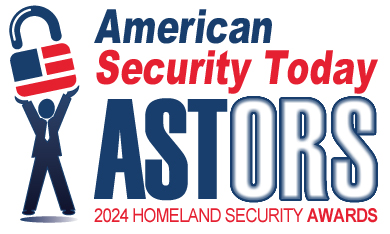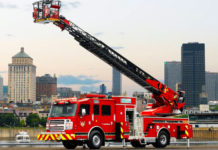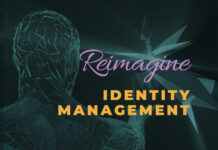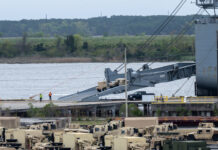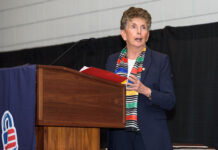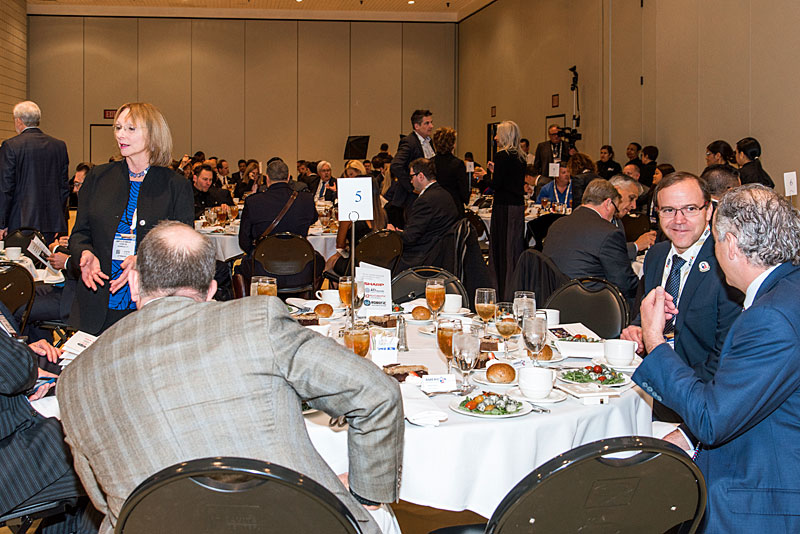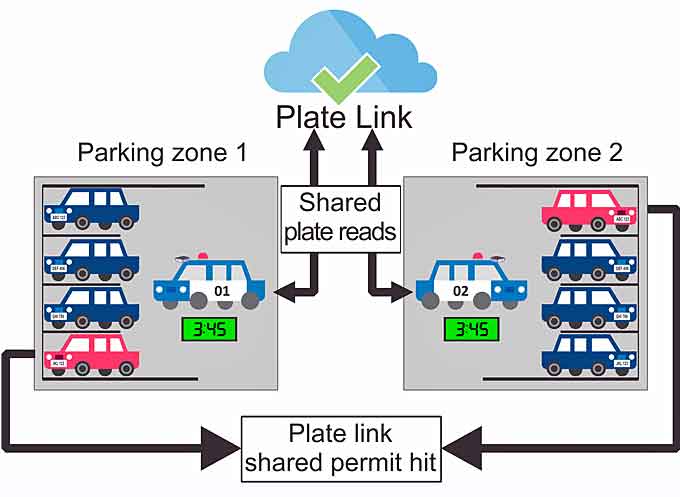
Genetec, a Winner in the 2017 ‘ASTORS’ Homeland Security Awards Program, and a leading technology provider of parking enforcement, unified security, public safety, operations, and business intelligence solutions, is introducing Plate Link, a new feature for its AutoVu™ automatic license plate recognition (ALPR) solution.
Designed to allow vehicles to share license plate data while out on patrol, Plate Link acts as a force multiplier for parking enforcement officers (PEOs), allowing them to administer shared permits and time-limited parking bylaws across multiple zones more efficiently.
Managing shared parking permits (where several vehicles share a single permit) can be a complex and time-consuming task.
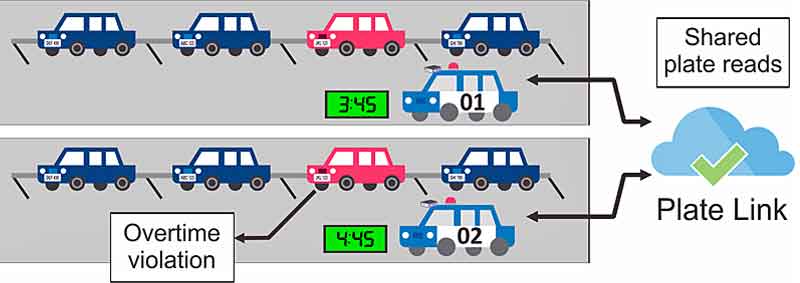
To identify a shared permit violation, a single parking enforcement vehicle would typically need to see both cars sharing a permit to detect that they were both in the lot at the same time.
This can prove challenging, if not impossible, for large facilities that employ multiple enforcement vehicles.
With AutoVu Plate Link, any patrol vehicle can detect violations using license plate data collected by other connected vehicles.
This helps increase the rate of detection and simplifies the assignment of patrol routes.

“In an effort to provide the best experience possible to their patrons, parking organizations have adapted their services to provide more flexibility,” explained Charles Pitman, AutoVu Product Marketing Manager at Genetec.
“Shared permits have become a frequent and popular solution to encourage carpooling and accommodate households with multiple vehicles.”
“This has placed a heavier burden on enforcement officers who must ensure compliance with parking rules.”
“Our goal is to empower officers by making it easier for them to organize their routes and efficiently enforce those rules, without having to worry about the way their ALPR system works,” he added.
AutoVu Plate Link provides similar benefits to officers enforcing time-limited parking bylaws. It allows two separate patrol vehicles to be assigned to a zone and work in unison as if they were a single vehicle.
Each license plate scanned by a vehicle is automatically transferred to the next vehicle that enters the zone.
By working together, the first patrol vehicle captures the license plate information initially, and should a violation occur, it will be detected by the second patrol vehicle making a subsequent pass.
The first patrol vehicle doesn’t have to circle back after the time-limit has elapsed. Using the same vehicle data eliminates the need to circle back to an assigned zone, and boosts capture rates.
(Learn More about AutoVu. Guide your parking enforcement officers to the lots where they are needed using automatic license plate recognition (ALPR). AutoVu Free-Flow lets you know who is in all your lots and whether they are allowed to be parked in your facility, so you are able to dispatch officers to the lots with the most infractions. You also gain access to occupancy and compliance data across your lots, allowing you to drive signage & evaluate your enforcement efficiency over time. Courtesy of Genetec and YouTube. Posted on Feb 16, 2018.)
Available immediately from any AutoVu Mobile certified dealer, AutoVu Plate Link is included within AutoVu Managed Services and available as a license for customers with Security Center AutoVu on premises.
AutoVu solutions consist of a range of powerful mobile and fixed ALPR devices, software, and cloud services, all designed to facilitate and enhance parking management and enforcement to provide a better experience for parkers.
Genetec Takes Gold in the 2017 ‘ASTORS’ Homeland Security Awards Program

-
Genetec
- Gold ‘ASTORS’ Award Winner
- Genetec Stratocast Video Surveillance as a Service (VSaas)
- Best Video Data Storage Solution
The 2017 ‘ASTORS’ Homeland Security Awards Presentation Luncheon
Over 100 distinguished guests from National, State and Local Governments, and Industry Leading Corporate Executives from companies allied to Government, gathered from across North America and the Middle East to be honored from disciplines across the Security Industry in their respective fields which included:
- The Department of Homeland Security
- U.S. Customs and Border Security
- The Royal Canadian Mounted Police
- The Department of Justice
- The Security Exchange Commission
- State and Municipal Law Enforcement Agencies
- Leaders in Private Security

